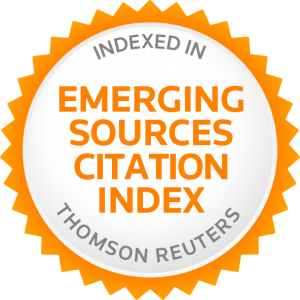NON-TYPICAL MIDDLES IN TAIWAN SOUTHERN MIN
Huei-Ling Lin
This paper discusses non-typical middles that involve resultative verbal compounds in Taiwan Southern Min. This paper first applies tests to prove that the patient NP before the compound in question is a subject, not a topic, and thus this compound occurs in a middle construction. Next, this paper distinguishes middles (surface unaccusatives) from another type of intransitive compound, deep unaccusatives, which alternate with causatives. The two types differ in that middles retain an implicit agent and thus are paraphrasable by their passive counterparts. Moreover, with an implied agent, middles do not allow another overt agent. As to the derivation stage, this paper proposes a mixed account. Middles are argued to be formed in syntax through verb-incorporation, de-thematization, and NP movement. Even though the implied agent is not available in syntax, it is arbitrarily interpreted at the Conceptual-Intentional interface.
Key words: middle, surface unaccusative, deep unaccusative, Taiwan Southern Min



